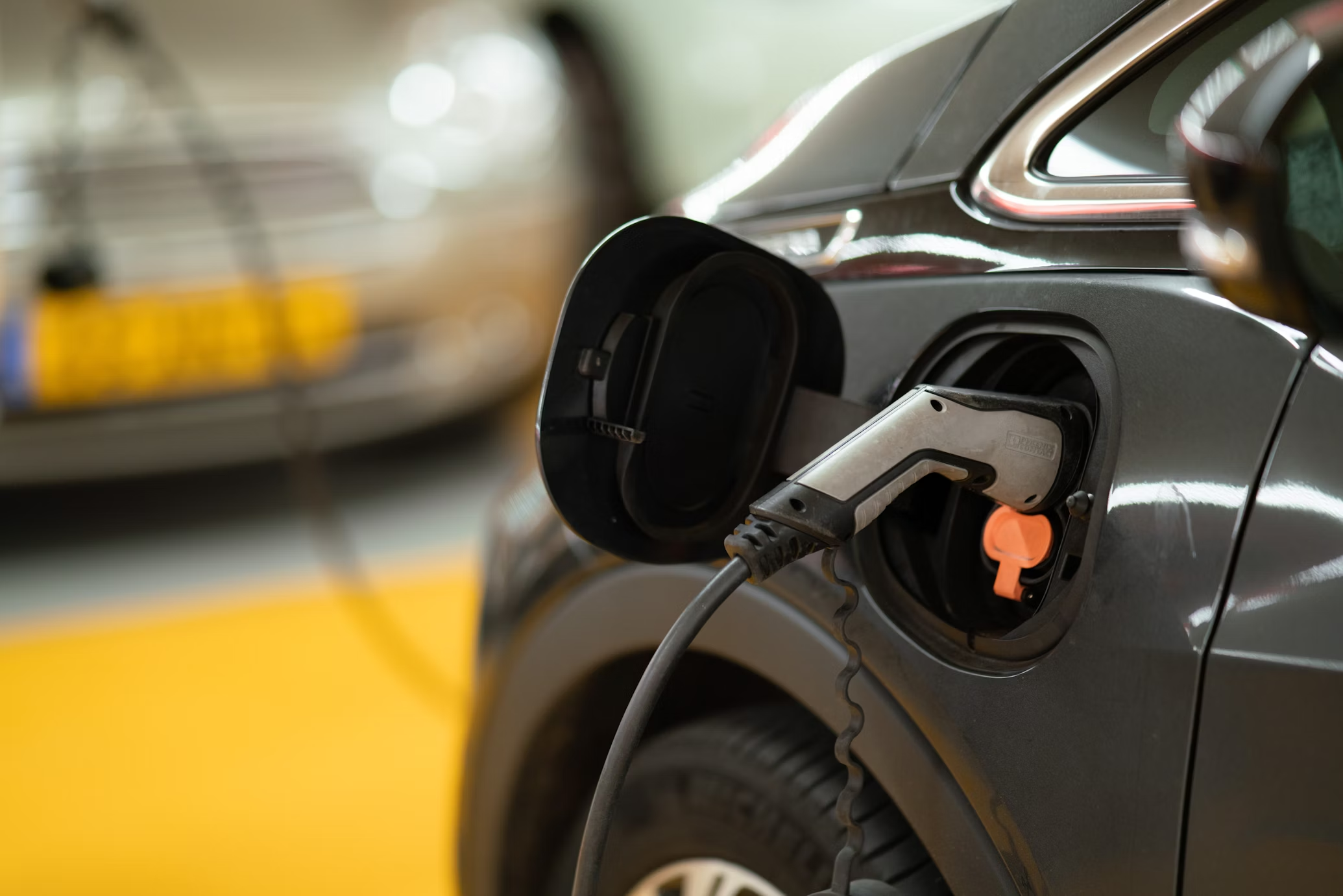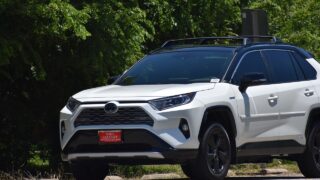1. What Are Electric Vehicles?
Electric vehicles (EVs) are automobiles that are powered entirely or partially by electricity. Unlike traditional internal combustion engine vehicles, EVs use electric motors and are powered by batteries or fuel cells. The history of EVs dates back to the early 19th century, but their development has accelerated dramatically in the past decade due to advancements in technology and increasing environmental awareness.
2. Advantages and Challenges of Electric Vehicles
Environmental Impact and Sustainability
EVs produce zero tailpipe emissions, significantly reducing air pollution and greenhouse gas emissions. This makes them a cleaner alternative to conventional vehicles, contributing to better air quality and a reduction in global warming.
Economic Benefits and Cost Savings
Owning an EV can lead to substantial cost savings over time. Electricity is generally cheaper than gasoline, and EVs have fewer moving parts, which means lower maintenance costs. Additionally, many governments offer incentives and subsidies for EV purchases.
Challenges and Future Prospects
Despite their advantages, EVs face several challenges, including limited range, longer refueling times, and higher initial costs. However, ongoing advancements in battery technology and infrastructure development are expected to address these issues, paving the way for broader adoption.
3. Charging Electric Vehicles
Types of Charging Stations and Locations
EVs can be charged at various types of stations, including Level 1 (standard household outlets), Level 2 (public charging stations or home-installed units), and Level 3 (fast chargers). These stations are increasingly available at workplaces, shopping centers, and dedicated charging hubs.
Charging Methods and Duration
The time it takes to charge an EV depends on the type of charger used. Level 1 chargers can take up to 24 hours for a full charge, while Level 2 chargers typically take 4-8 hours. Level 3 fast chargers can replenish an EV’s battery up to 80% in just 30 minutes.
Setting Up Home Charging
Many EV owners opt to install a Level 2 charger at home for convenience. This requires a dedicated circuit and professional installation, but it allows for overnight charging and ensures the vehicle is ready for use each day.
4. Electric Vehicle Manufacturers and Models
Major EV Manufacturers
Prominent EV manufacturers include Tesla, Nissan, BMW, Chevrolet, and more recently, traditional automakers like Ford and Volkswagen. These companies are leading the charge in EV innovation and market penetration.
Popular EV Models
Some of the most popular EV models include the Tesla Model 3, Nissan Leaf, Chevrolet Bolt, BMW i3, and Ford Mustang Mach-E. These models are known for their performance, range, and advanced features.
New Models and Technological Innovations
The EV market is rapidly evolving, with new models being introduced regularly. Innovations in battery technology, autonomous driving capabilities, and connectivity are making EVs more appealing to a broader audience.
5. EV Batteries
Types and Lifespan of Batteries
EVs typically use lithium-ion batteries due to their high energy density and long lifespan. These batteries are designed to last for many years, with most manufacturers offering warranties of 8 years or more.
Recycling and Environmental Impact
Battery recycling is crucial for minimizing the environmental impact of EVs. Efforts are underway to develop efficient recycling processes to recover valuable materials and reduce waste.
Advances in Battery Technology
Recent advancements in battery technology, such as solid-state batteries, promise to offer higher energy densities, faster charging times, and longer lifespans, further enhancing the viability of EVs.
6. Cost and Subsidies for EVs
Price Range and Cost Analysis
The price of EVs varies widely, from affordable models like the Nissan Leaf to high-end options like the Tesla Model S. While the initial cost of an EV may be higher than a traditional vehicle, the total cost of ownership can be lower due to savings on fuel and maintenance.
Government Incentives and Tax Breaks
Many governments offer incentives to encourage EV adoption, including tax credits, rebates, and reduced registration fees. These incentives can significantly lower the effective purchase price of an EV.
Comparing Total Ownership Costs
When considering the total cost of ownership, including fuel, maintenance, and incentives, EVs can be more cost-effective than traditional vehicles over the long term.
7. EV Reviews and Evaluations
User Reviews and Ratings
Prospective buyers can benefit from user reviews and ratings, which provide insights into real-world experiences with different EV models. These reviews often highlight aspects like range, comfort, and reliability.
Expert Opinions and Advice
Automotive experts provide valuable evaluations of EVs, offering in-depth analyses of performance, technology, and value. Their reviews can help buyers make informed decisions.
Buyer Experiences
Hearing from other EV owners can provide practical insights and tips for new buyers. Personal stories and experiences often shed light on the day-to-day realities of owning an EV.
8. EV Maintenance and Management
Regular Maintenance Tips
EVs require less maintenance than traditional vehicles, but regular checks are still necessary. Key areas include battery health, tire maintenance, and brake system inspections.
Handling Repairs and Issues
While EVs have fewer moving parts, issues can still arise. Knowing how to handle common problems and where to seek professional help is crucial for maintaining an EV.
Long-term Care and Management
Proper long-term care of an EV includes regular software updates, battery management, and adherence to manufacturer-recommended maintenance schedules.
9. Future Prospects of Electric Vehicles
Integration with Autonomous Driving
The future of EVs is closely tied to the development of autonomous driving technologies. Many EVs are already equipped with advanced driver-assistance systems, and fully autonomous vehicles are on the horizon.
Smart Grid Integration
EVs can play a significant role in smart grid systems, where they can be used to store and supply energy, helping to balance supply and demand and stabilize the grid.
Global Electrification Trends
The global shift towards electrification is accelerating, with many countries setting ambitious targets for EV adoption and phasing out internal combustion engine vehicles.
10. Conclusion
The Future of EVs and Our Role
The future of transportation is electric. As technology advances and infrastructure improves, EVs will become increasingly accessible and practical for everyone.
Resources and Information for Smart Choices
Staying informed and utilizing available resources can help potential buyers make smart choices. Websites, forums, and governmental resources offer valuable information on EVs.
Anticipating the Next Generation of Transportation
As we look forward to the next generation of transportation, embracing EVs will play a critical role in reducing our carbon footprint and achieving a sustainable future.









